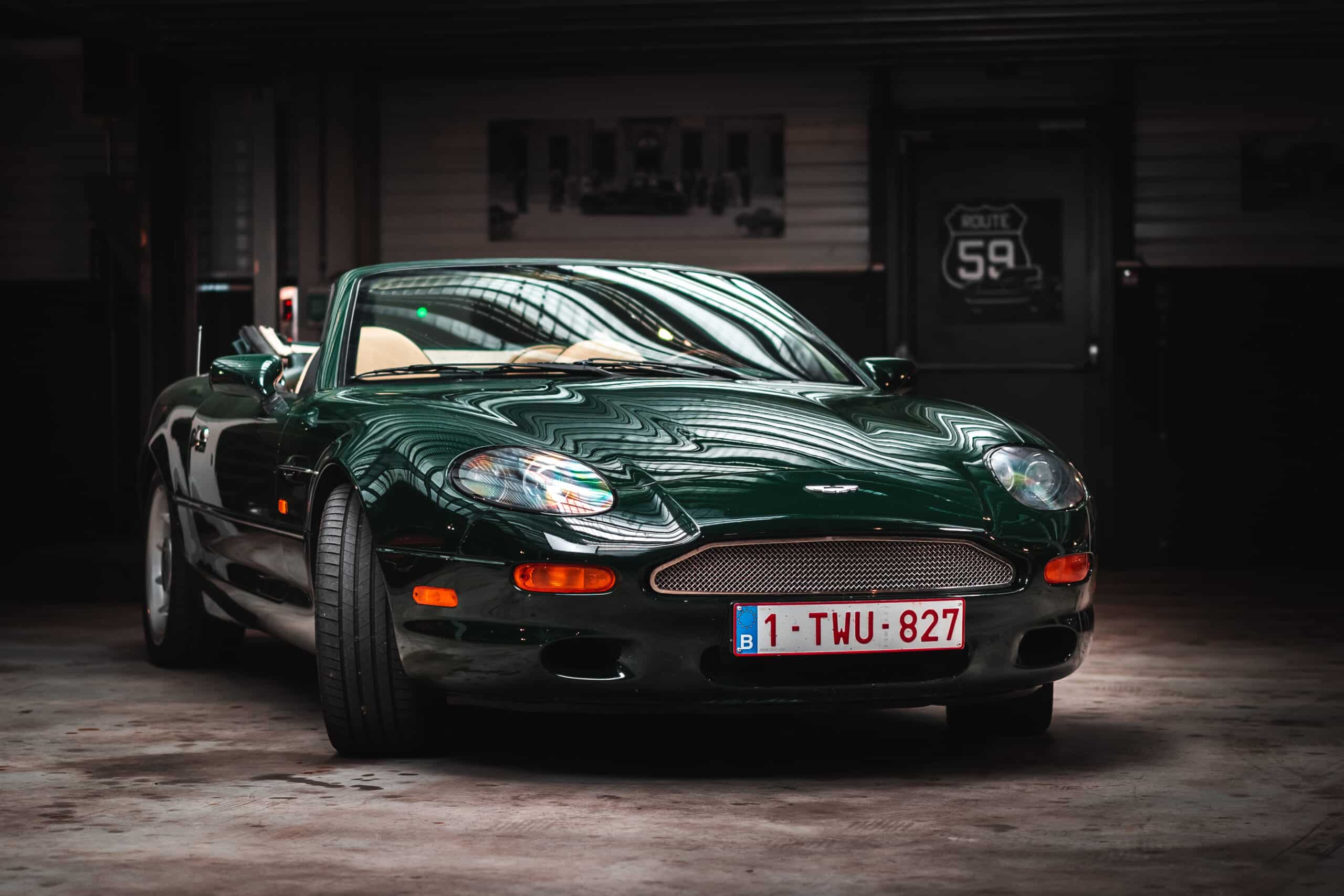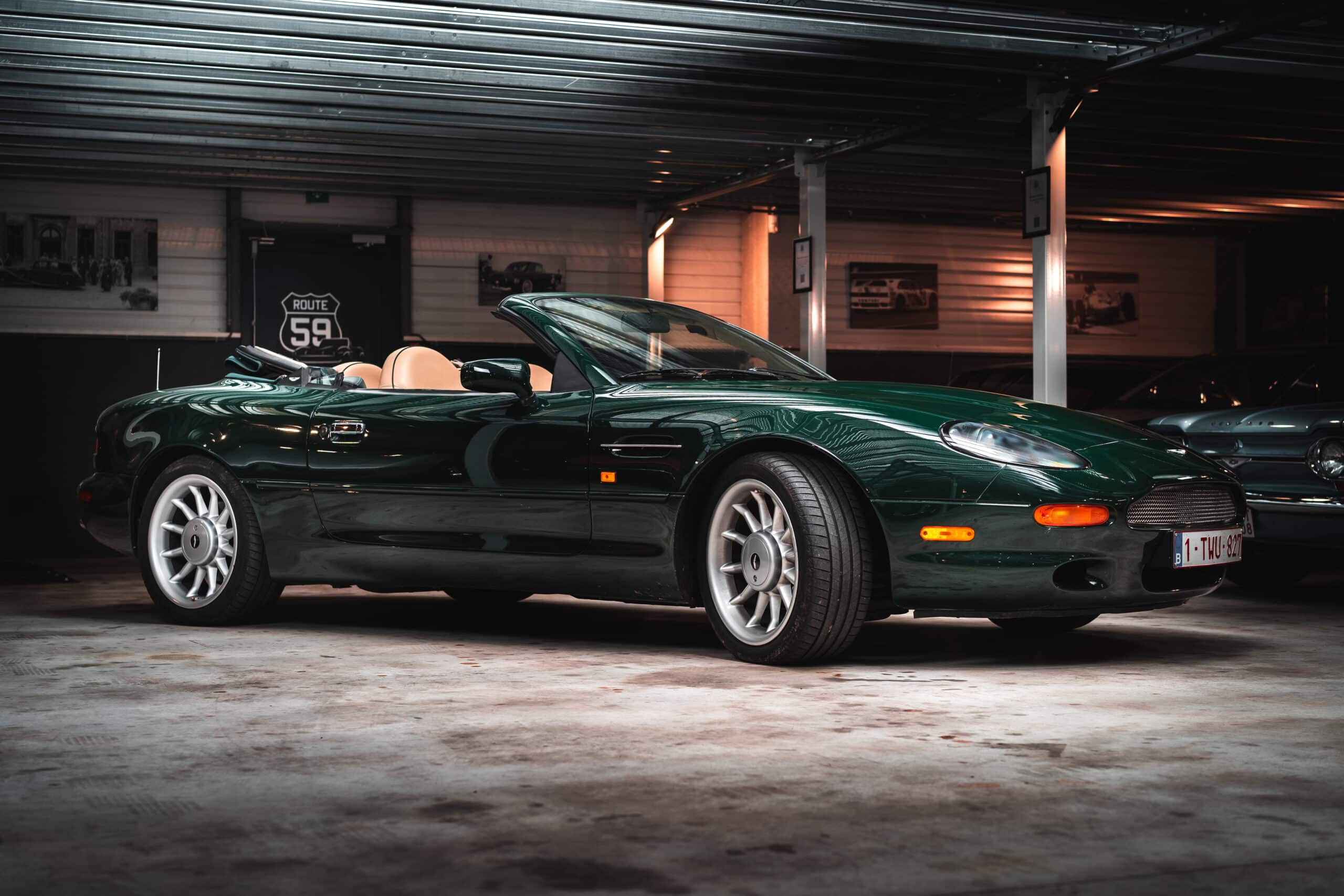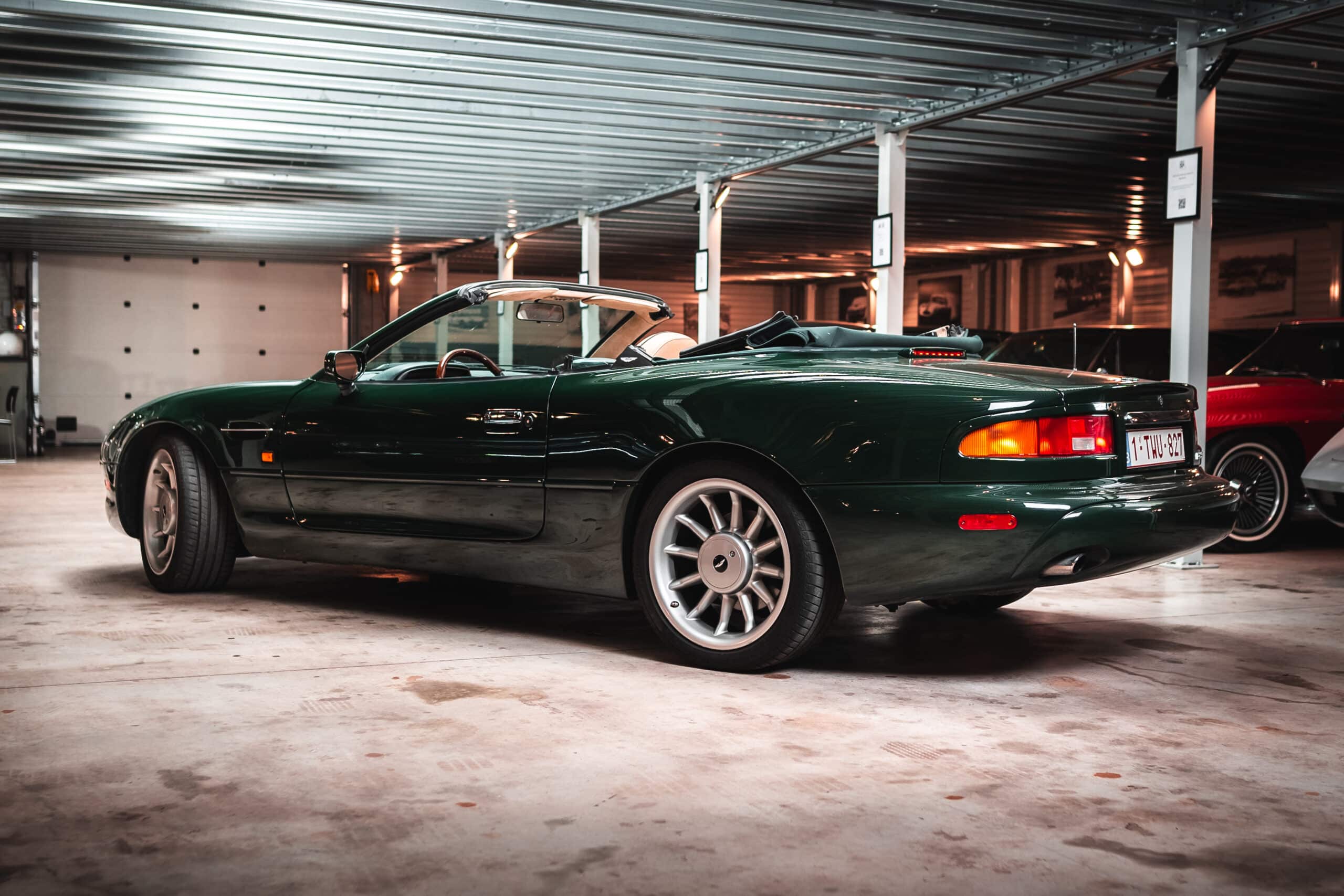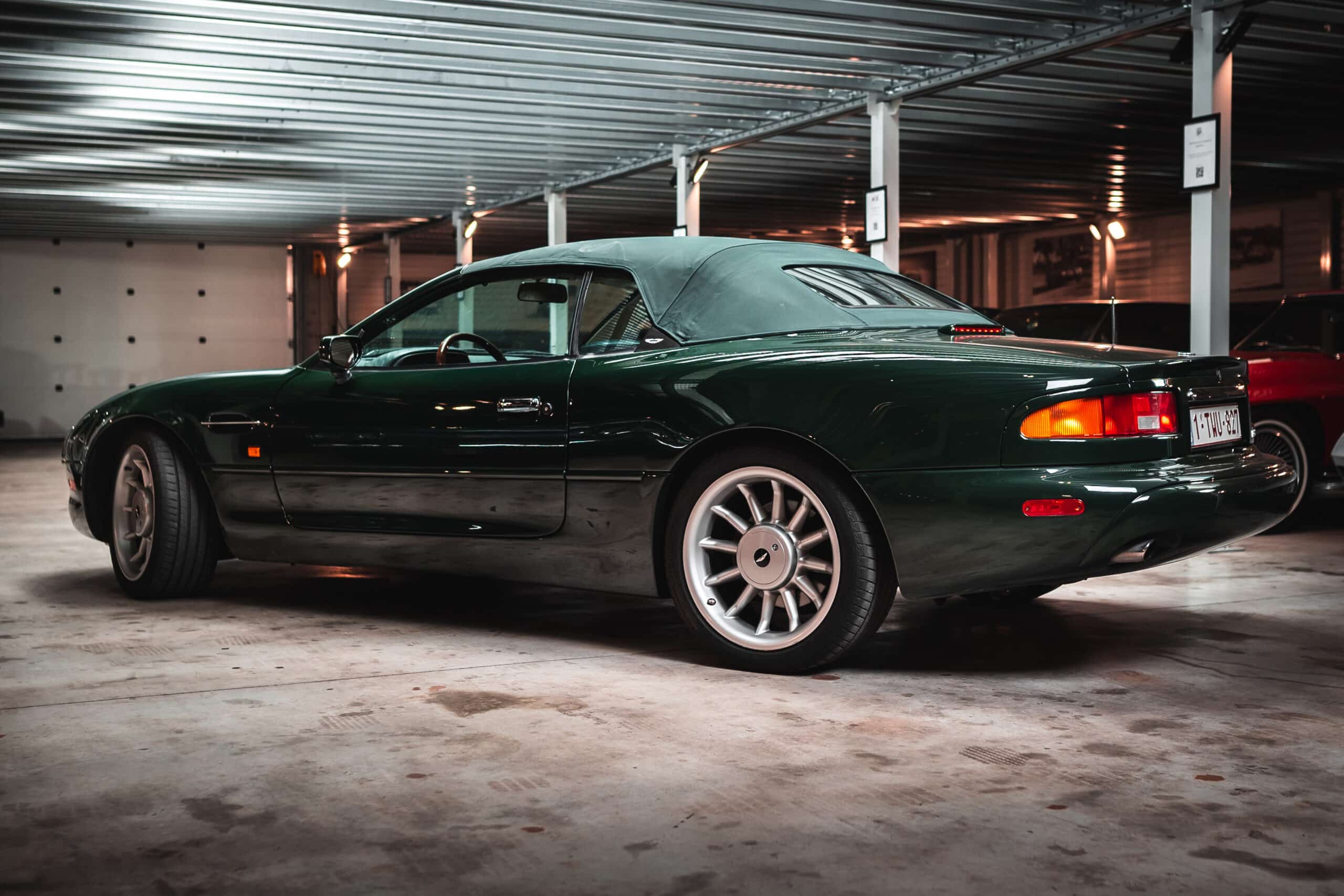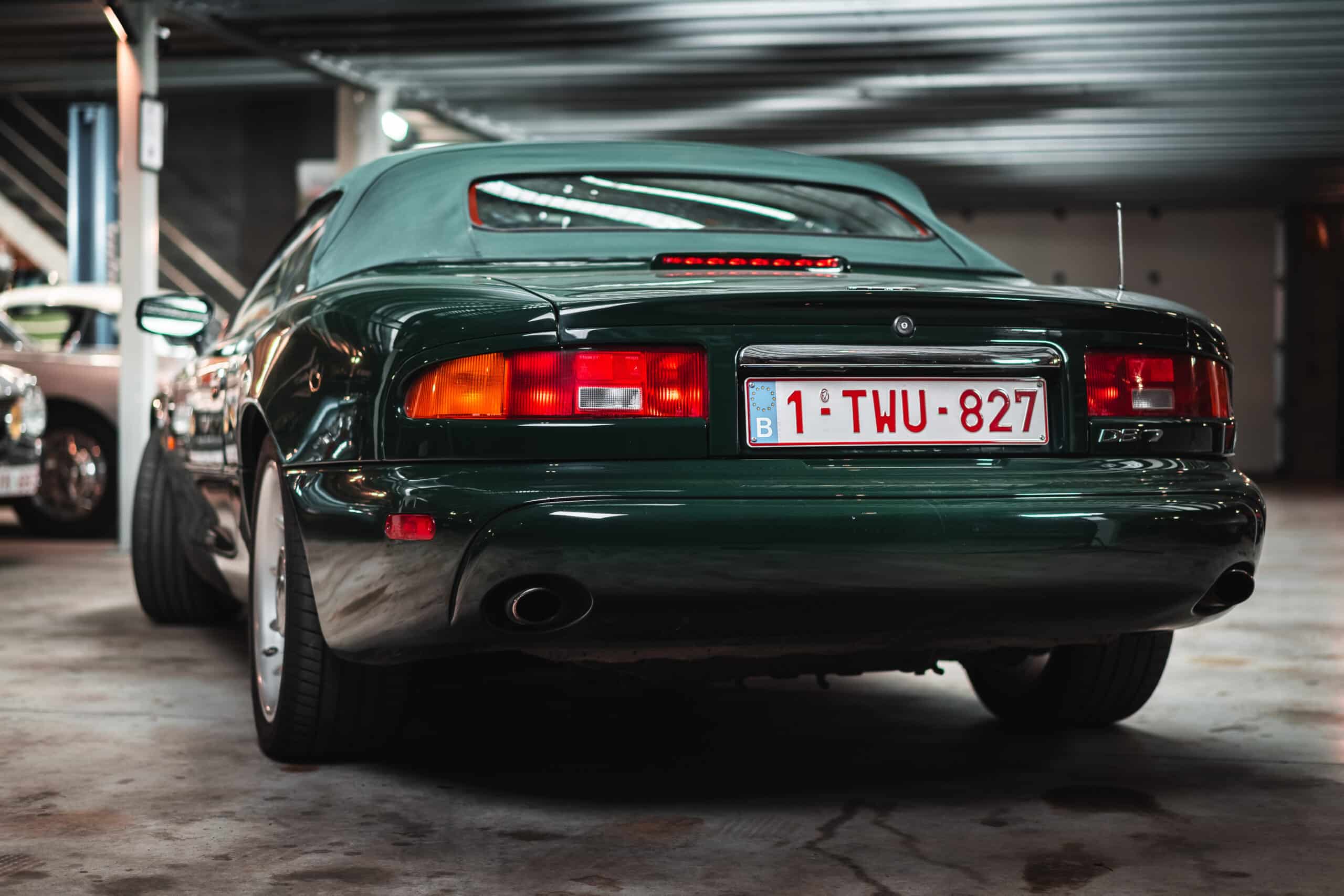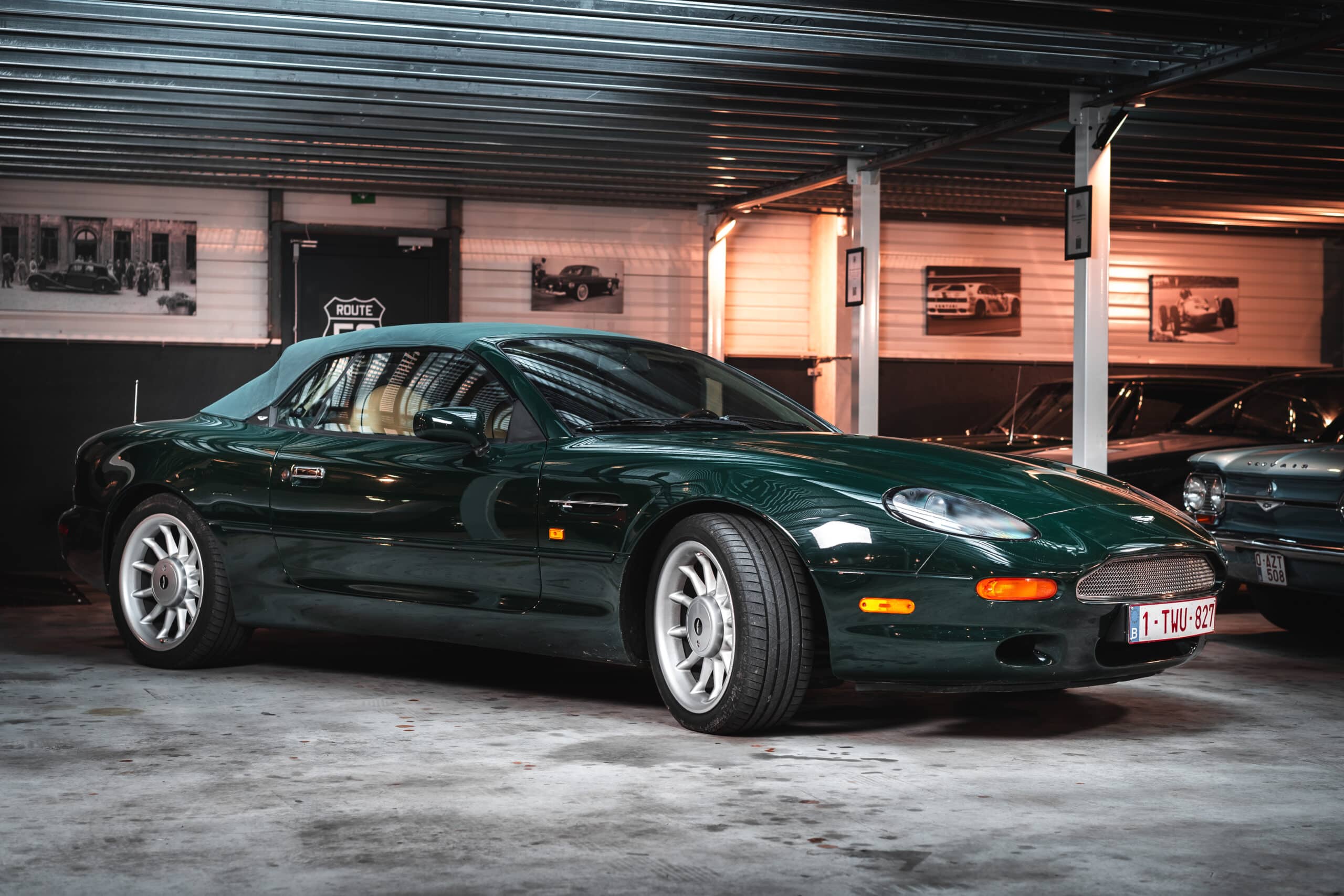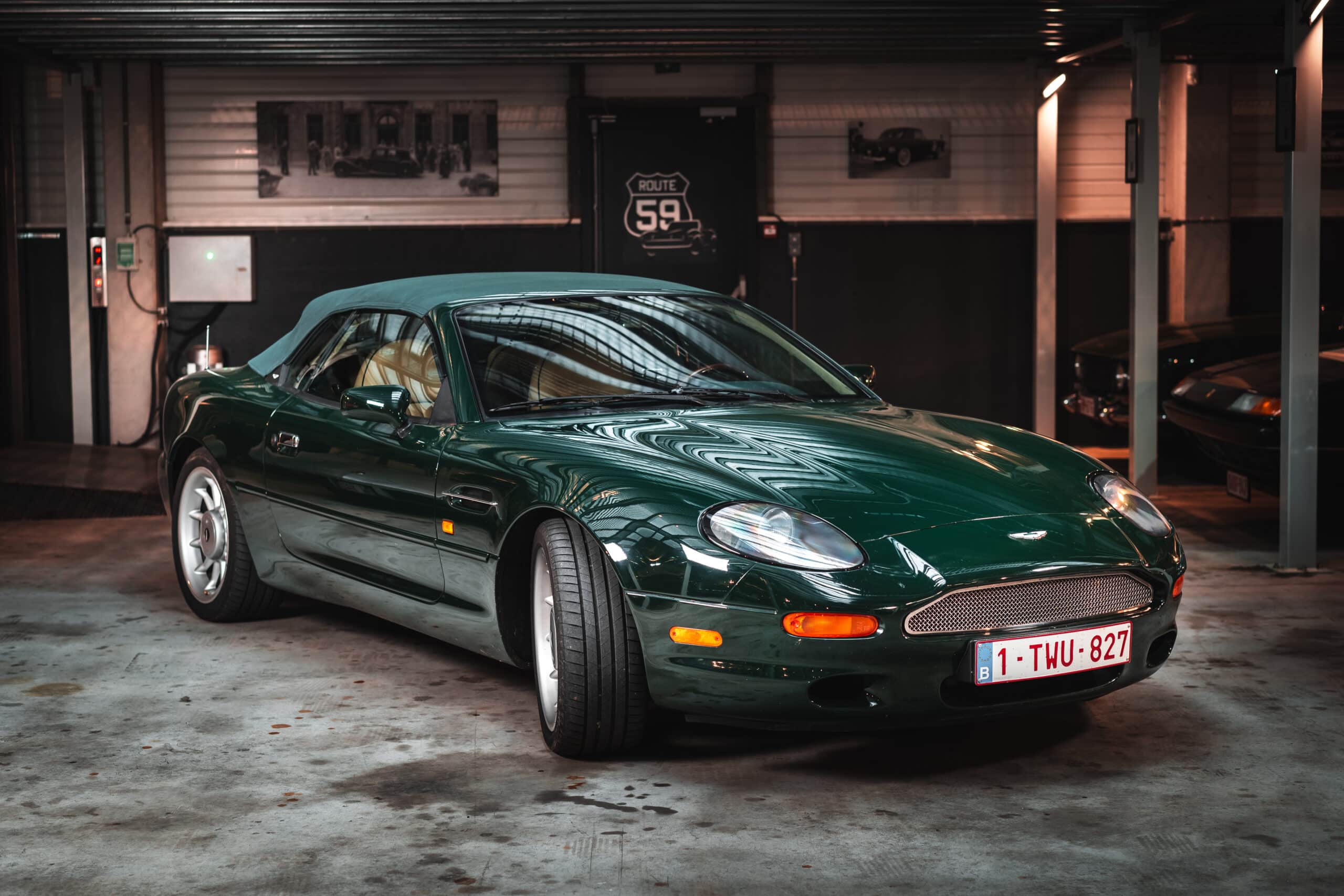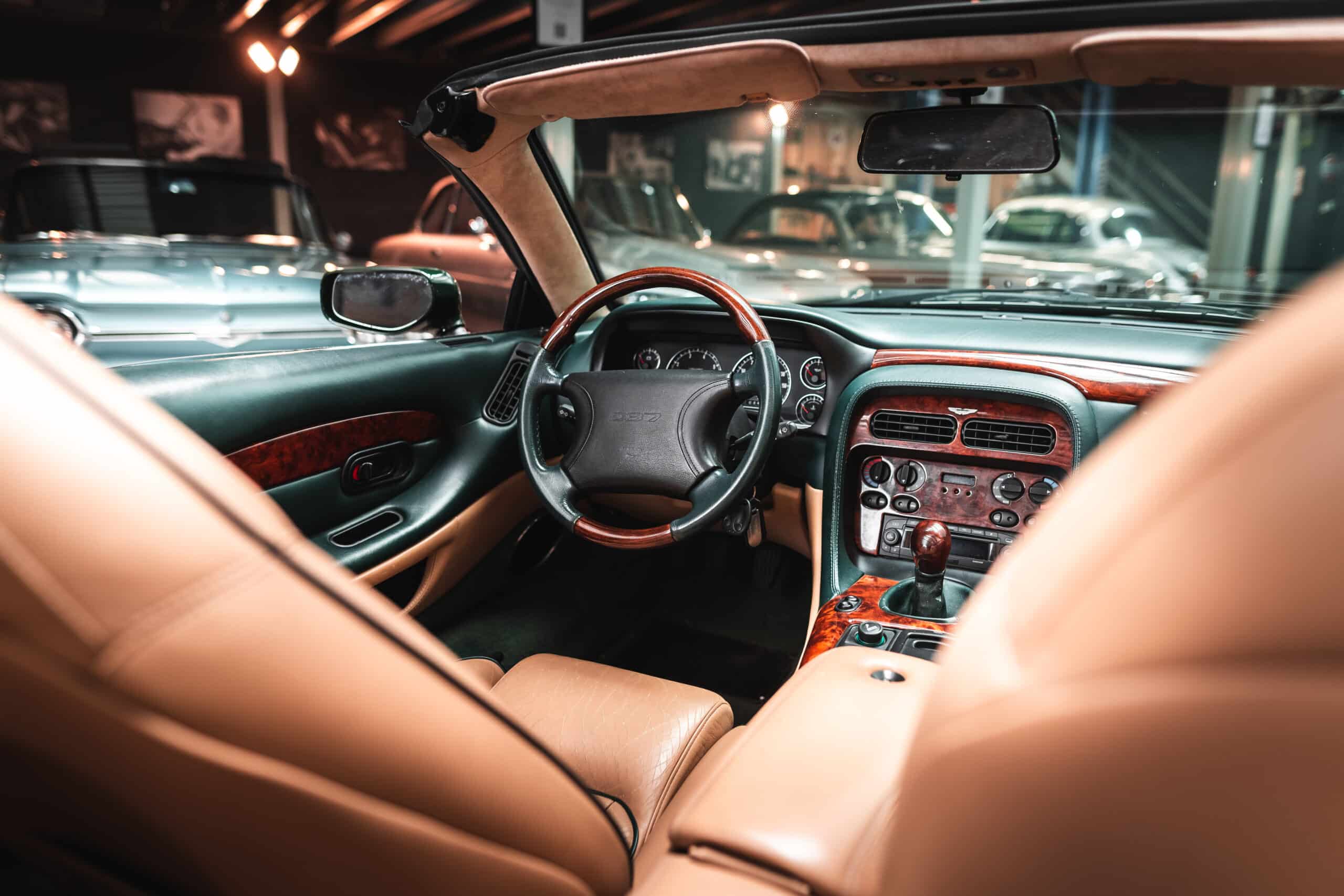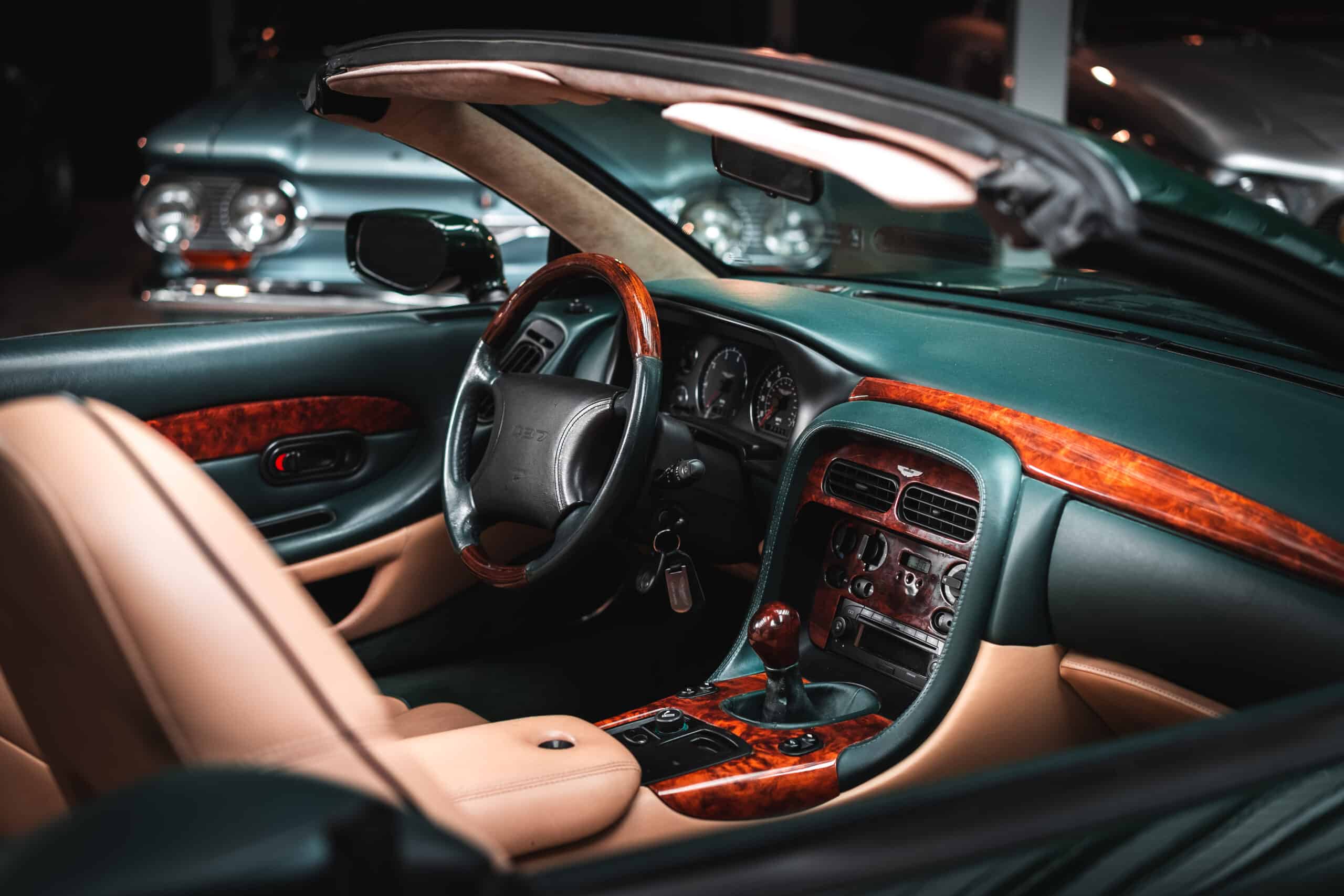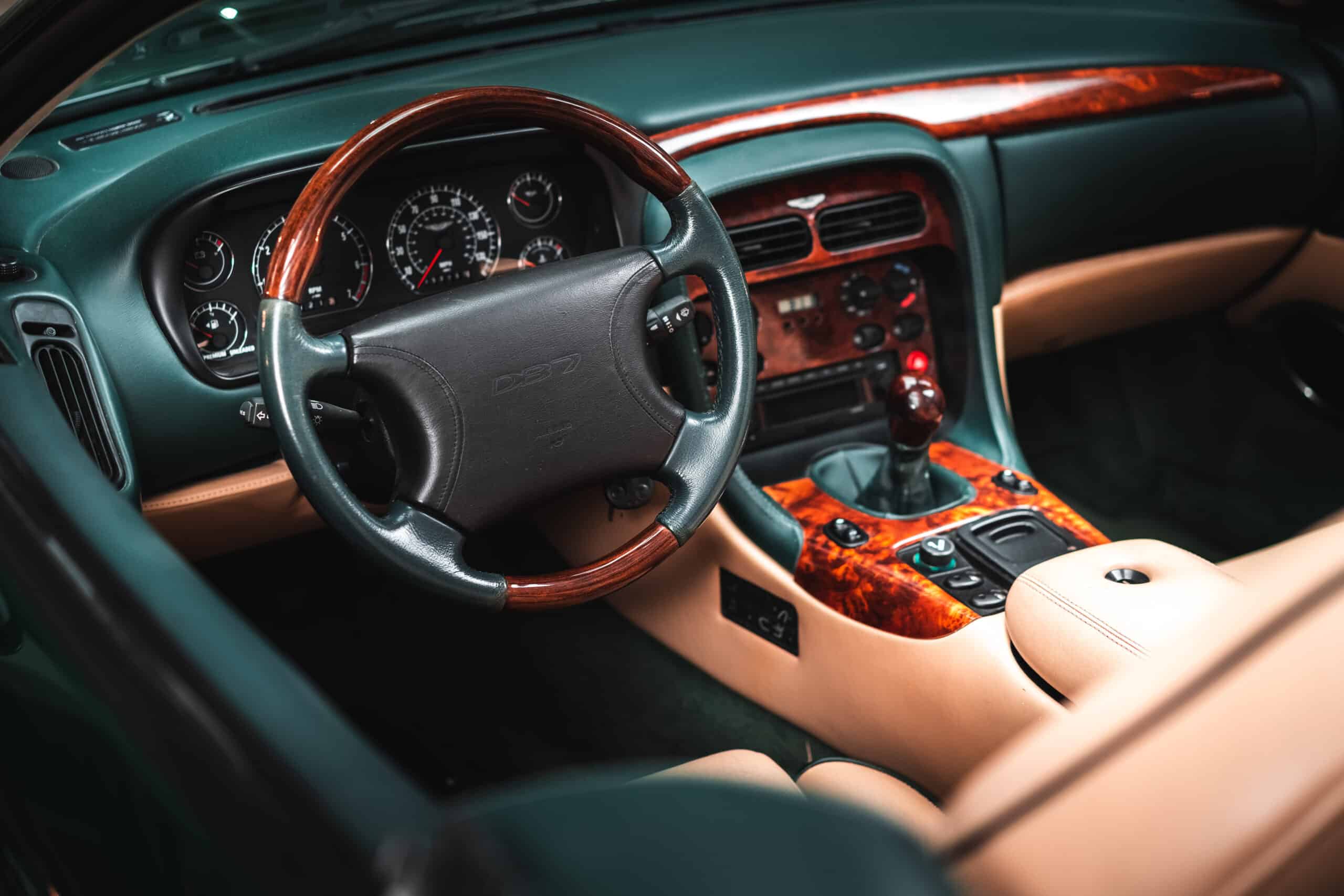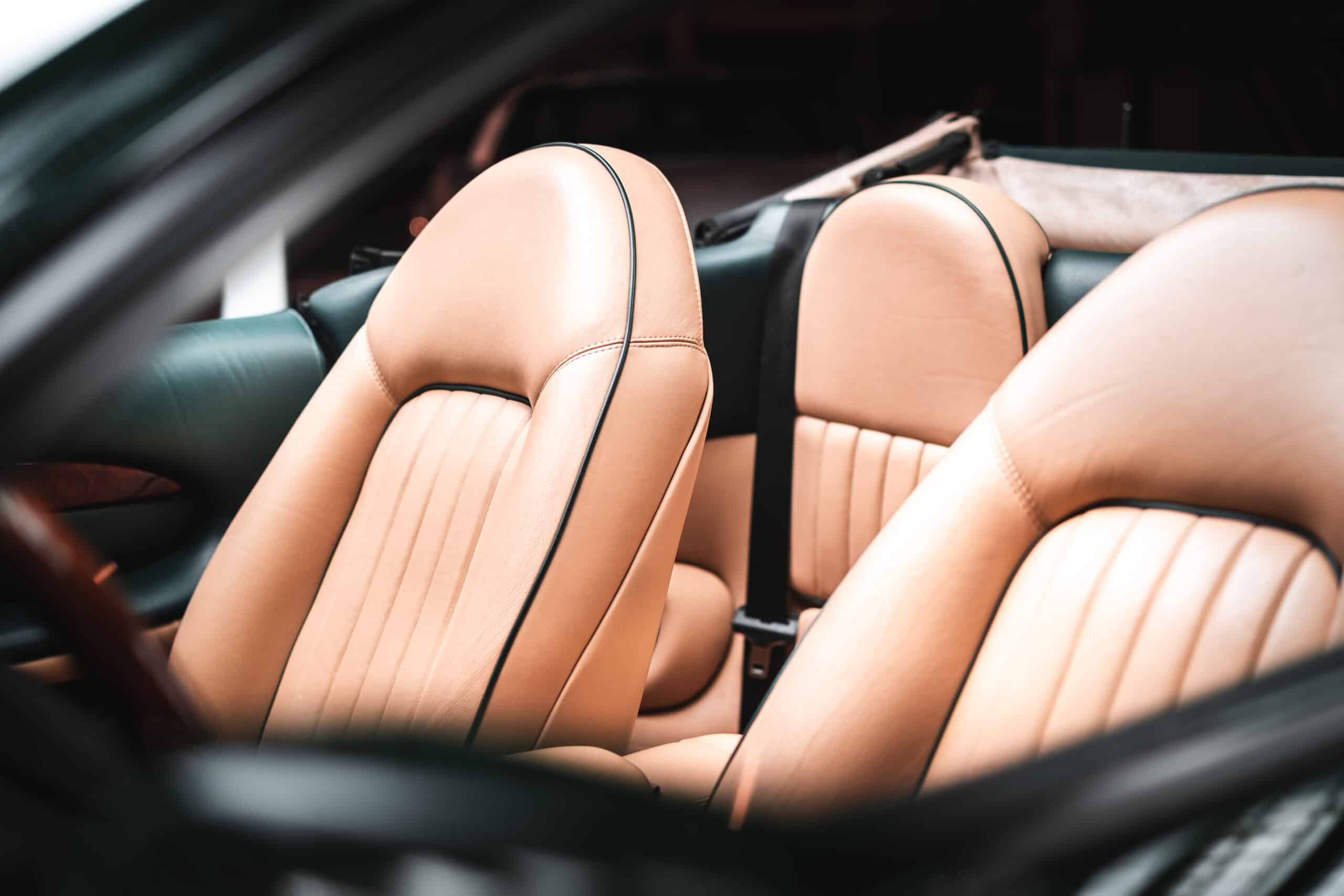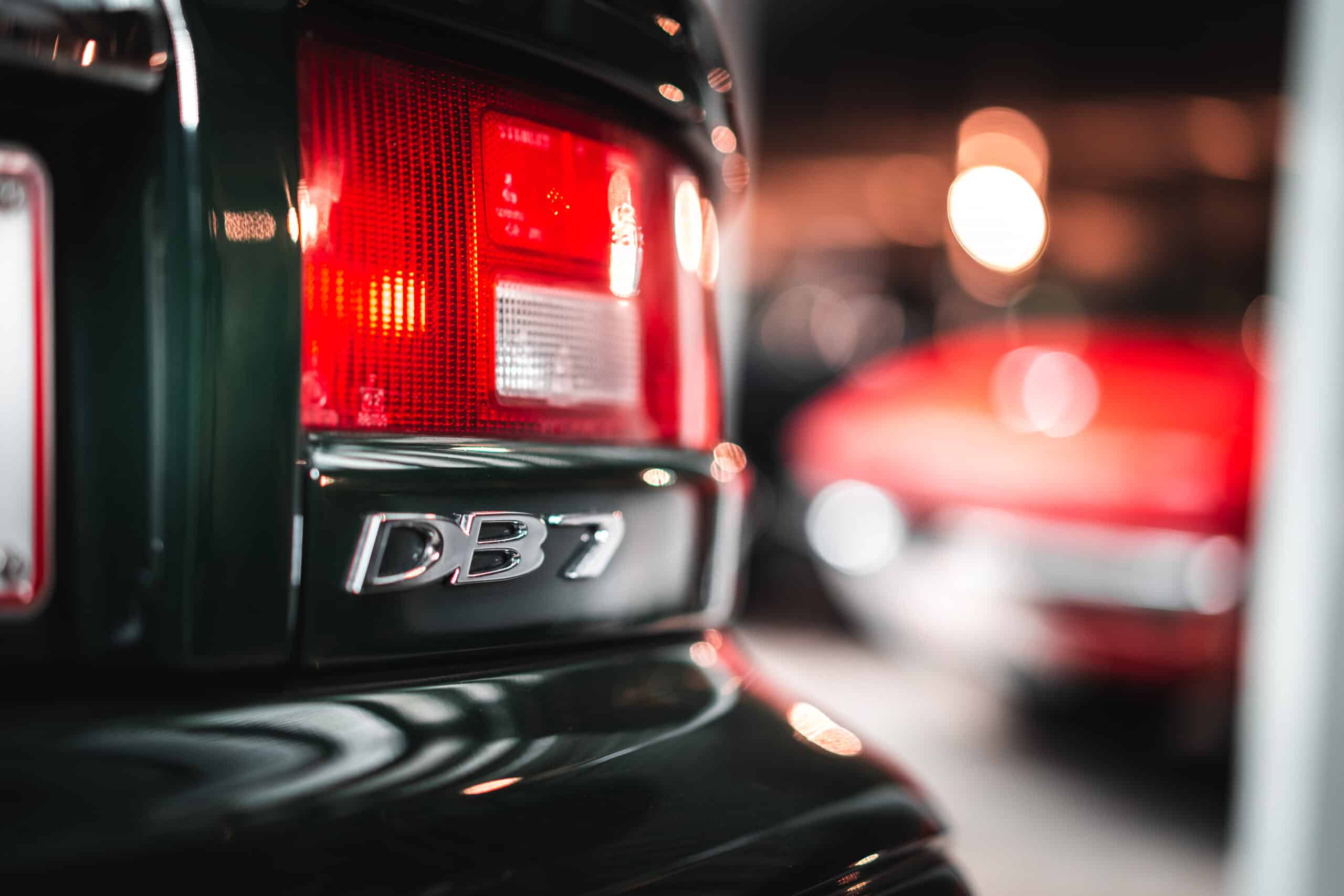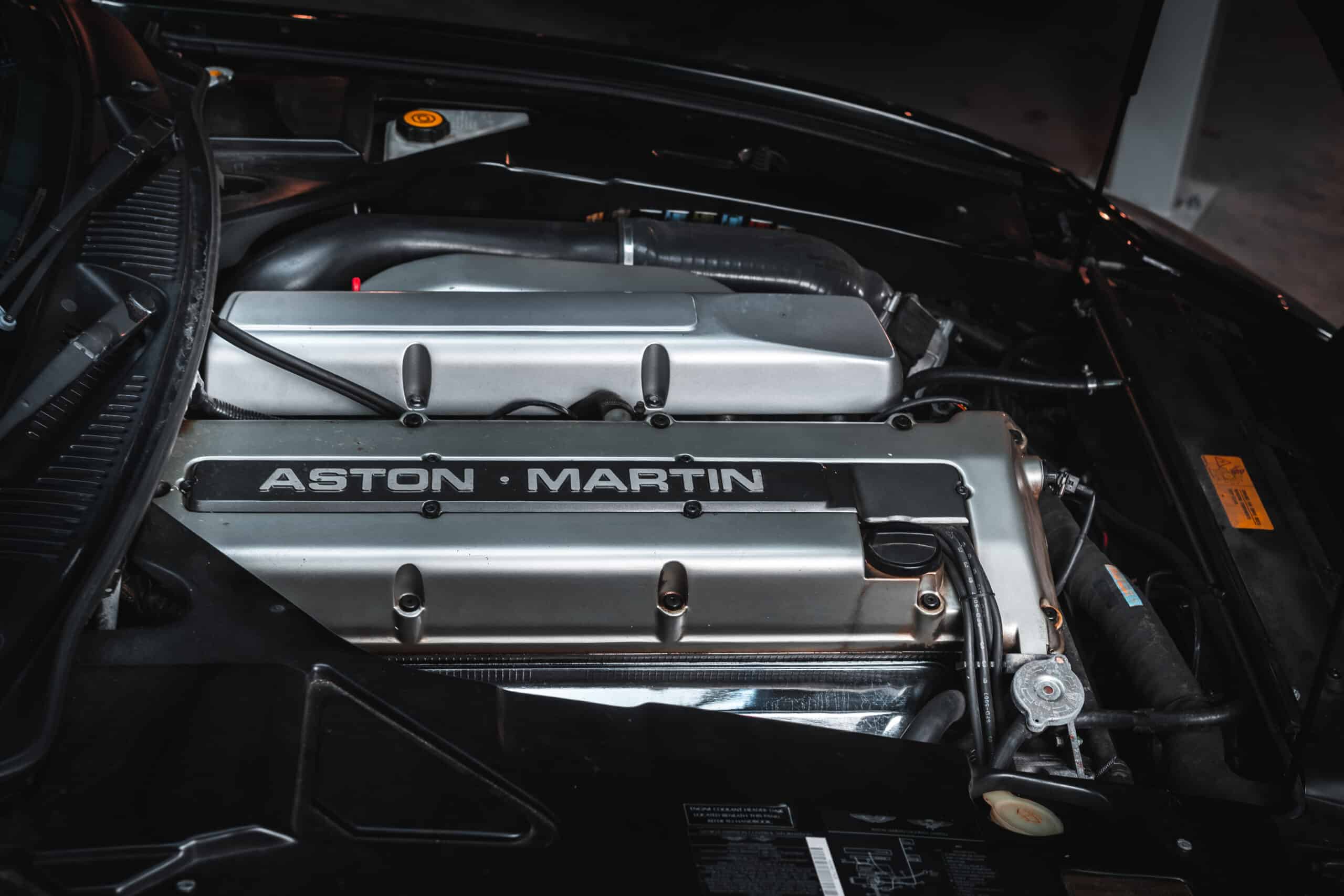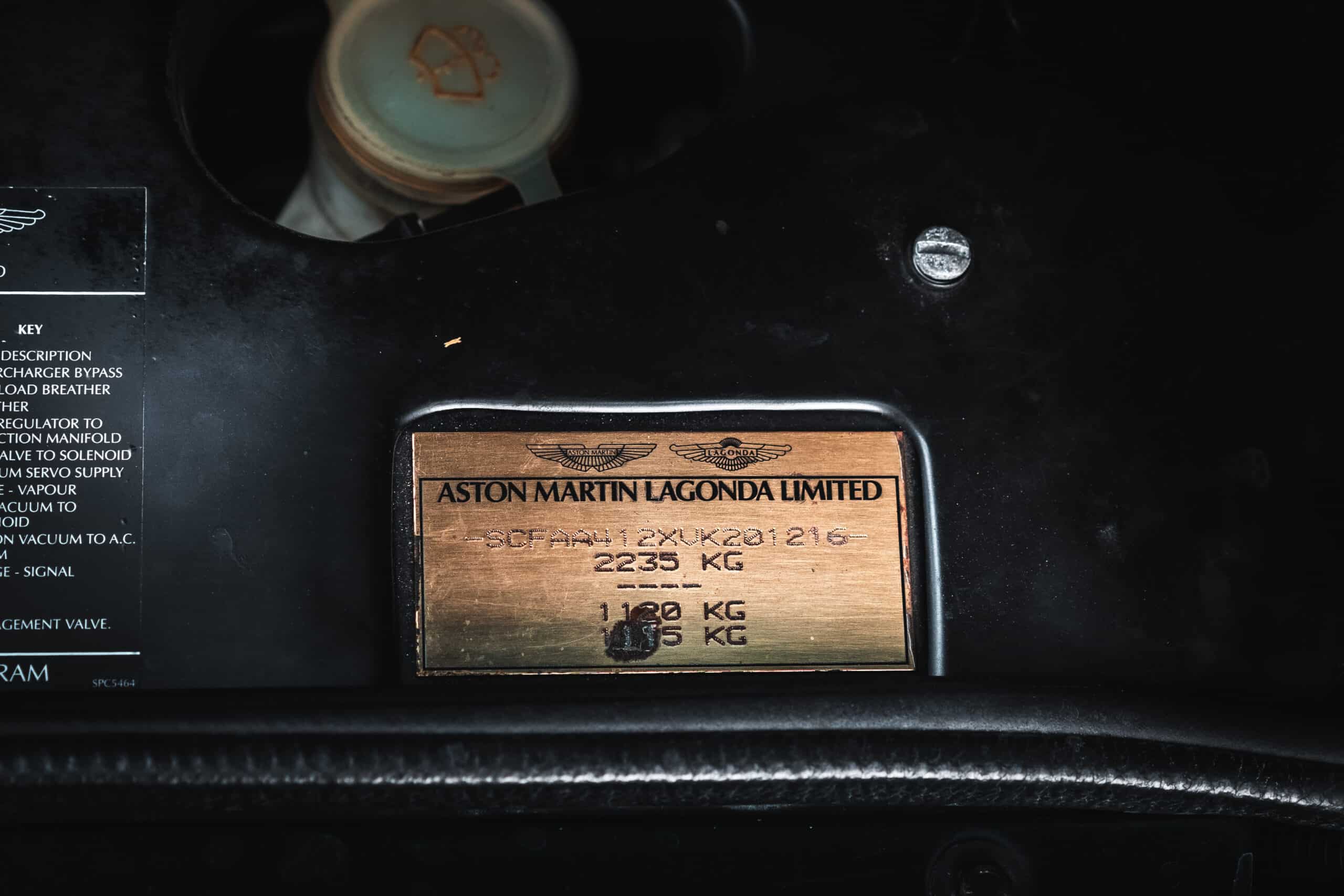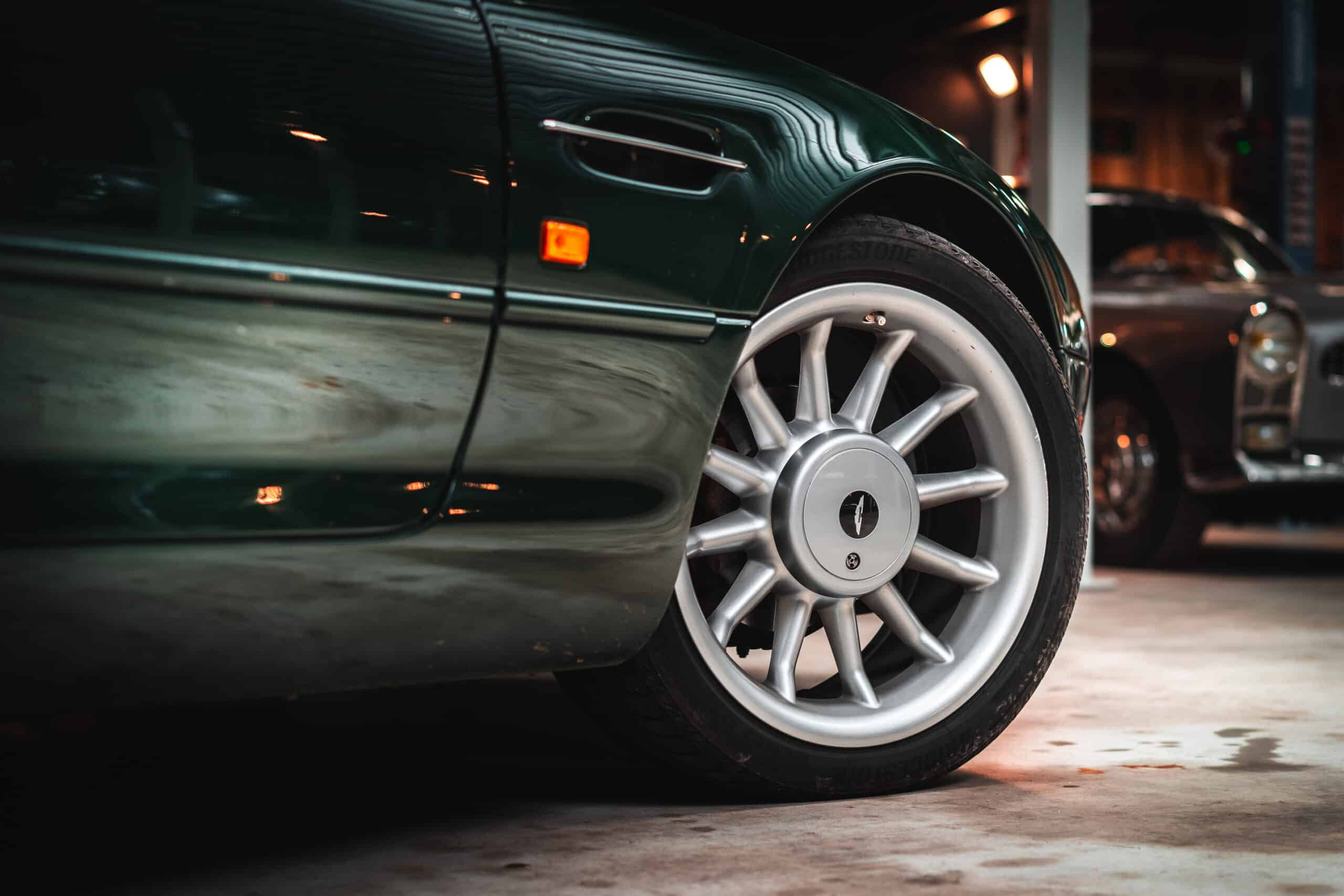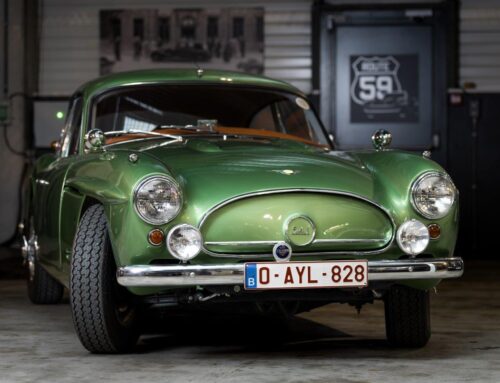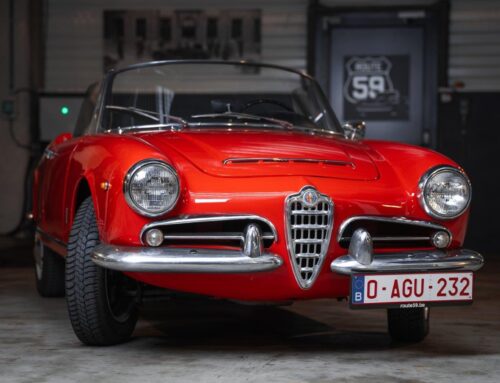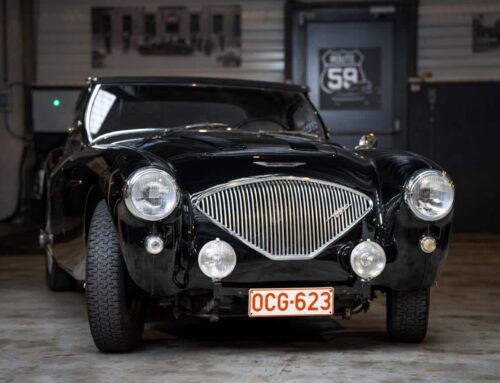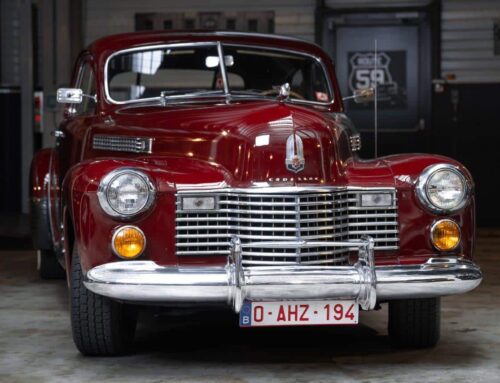Aston Martin DB7 3.2 Volante
| Brand | Aston Martin |
| Model | DB7 Volante |
| Color | Green |
| Transmission | Manual 5-speed |
| Pk | 336 |
| Year | 1995 |
| Price | Not for sale |
The Aston Martin DB7 was a pivotal model in the history of the British luxury sports car manufacturer and it came at a crucial time.
The car was a runaway success. The 2+2 coupe had the longest production run of any Aston Martin, and with its delightfully timeless lines, the DB7 would dictate the styling of virtually all of the company’s subsequent models.
The beautiful DB7 was a Grand Tourer in the best Aston Martin tradition. This name also marked the return of the famous “DB” model prefix, in homage to Aston Martin’s most successful years under the direction of Sir David Brown.
Designed as the company’s entry-level model, the DB7 was a more affordable and modern Aston, intended to attract potential buyers away from Porsches and Mercedes.
When Ford bought Aston Martin in the summer of 1994, increasing its stake from 75 percent to 100 percent, it set out to transform former president Victor Gauntlett’s vision into a cheaper Aston. To save money in the wake of a global economic recession, the company made the most of Ford’s resources, and since the American auto giant also owned Jaguar at the time, it was able to base much of the car on the stillborn Jaguar XJ41/42 project.
The DB7’s inline six-cylinder engine, fitted to earlier cars, could reach 264 km/h. The DB7’s six-cylinder engine was indeed a Jaguar unit, and the car shared the same platform as the Jaguar XK8 that followed it two years later. However, in order to maintain the aura of exclusivity associated with each Aston Martin, Ford injected an additional $90 million to design, develop and manufacture the car. And like all other Astons, it was handcrafted.
To mark the changes at Aston, the final assembly of the DB7 was carried out in a new purpose-built factory in Bloxham. The test program to develop the car was also the most ambitious in the brand’s history. With the participation of 170 engineers, up to 30 prototypes were driven extensively across Europe and North America, totaling 500,000 miles in all types of weather and temperature extremes.
The bodywork was built by car specialist Motor Panels in Coventry, and the final painting was done by Rolls Royce in Crewe. Composite materials were used for many panels, including the hood, trunk lid and front fenders, and each 60th engine was disassembled after a power test and inspected before being reassembled.
The soft lines of the DB7 set the tone for the design of future models of the brand. Aesthetics are just as important, and Scottish designer Ian Callum has created perhaps the most beautiful shape of his career. The interior was also much more refined and rounded than the Virage’s, adopting soft, plunging curves for the dashboard and side panels that were covered in Connolly leather and burr walnut panels.
When the DB7 was finally launched at the Geneva Motor Show in March 1993, it caused a sensation and was named “Car of the Show”, prompting potential buyers to rush to the car for a deposit. Overnight, and thanks in large part to its very competitive price of $108,700, the DB7 eclipsed the company’s other models.
Although much more accomplished than the Virage, the DB7’s powertrain was not exactly a world-class unit. The 24-valve supercharged engine produced a respectable 335 hp, which allowed the manual version to modestly – at least in supercar terms – reach 270 km/h, while the soft-top Volante was slower.
The DB7 became the most popular model in the company’s history and the most iconic since James Bond’s DB5. In its ten years of production, some 7,000 units were produced, which was previously unthinkable for such a customized manufacturer.
This example, imported from the USA in 2016 with only 37,000 miles, is a very rare Volante version with manual transmission (190 cars produced).


